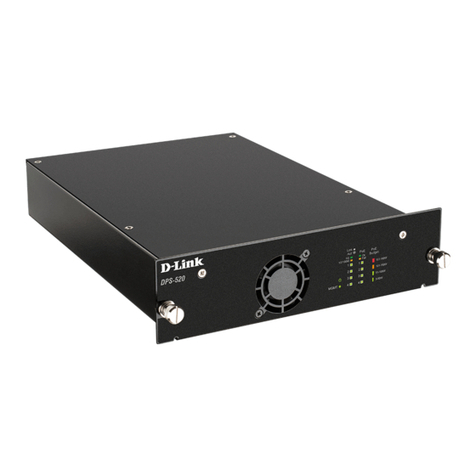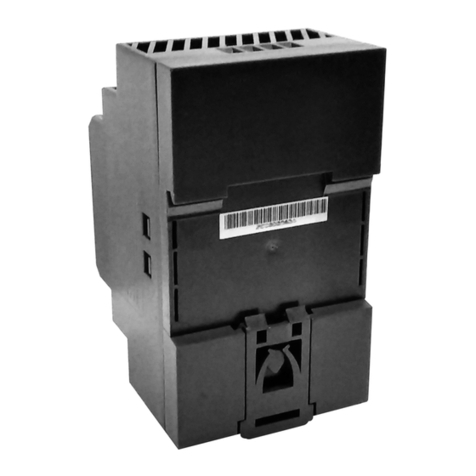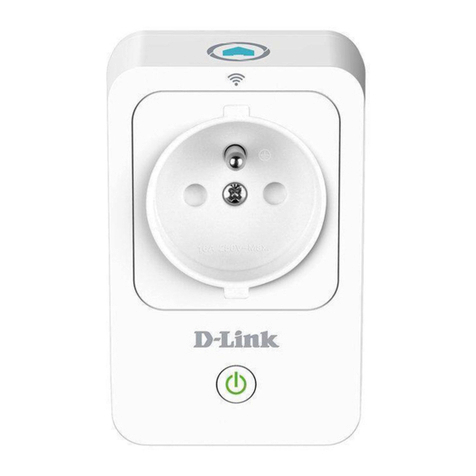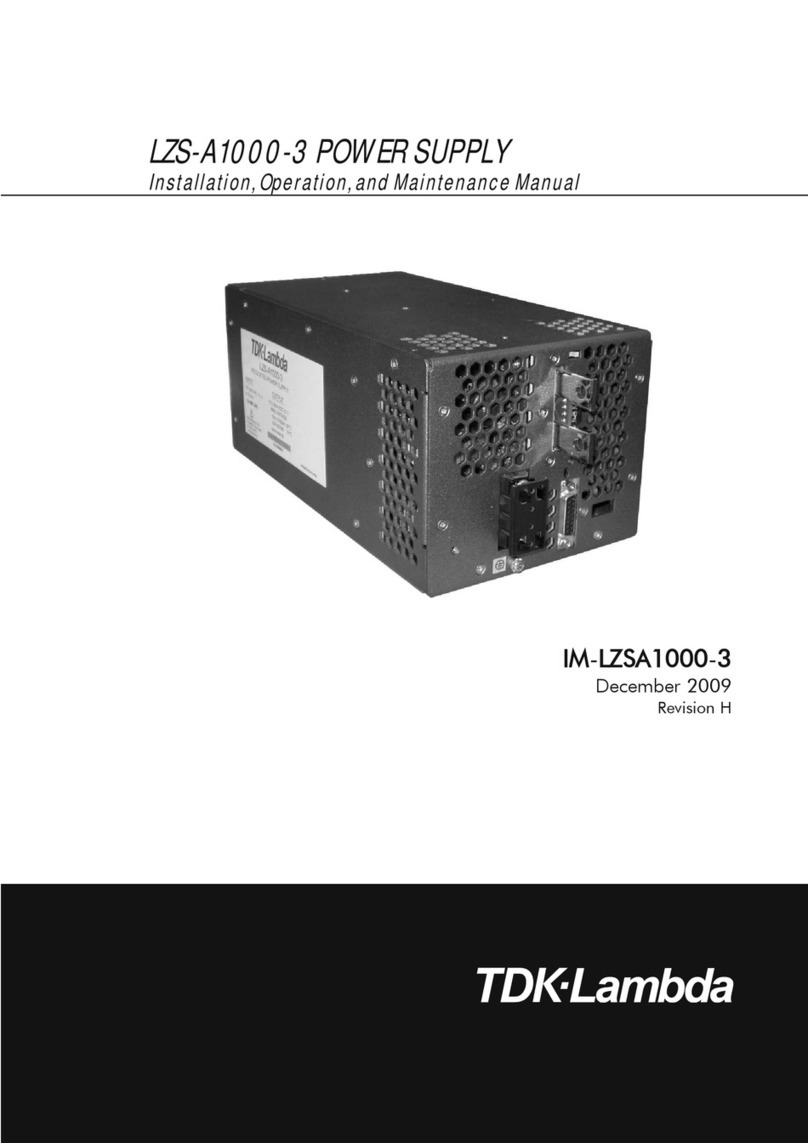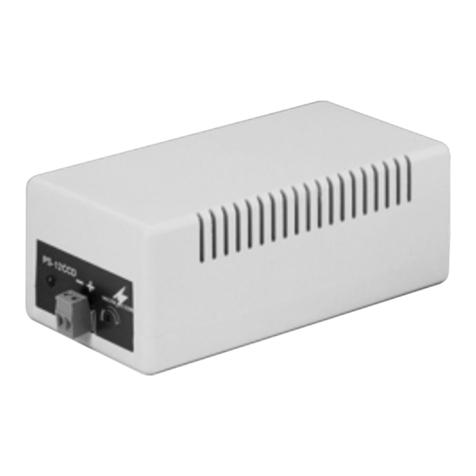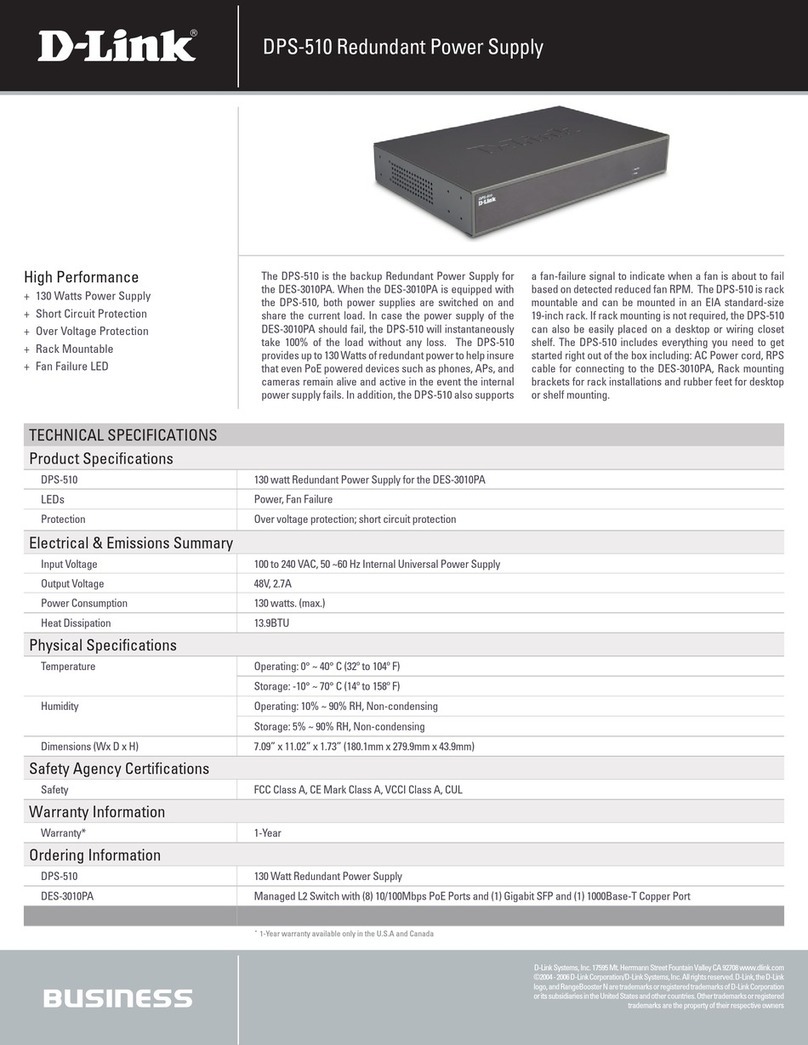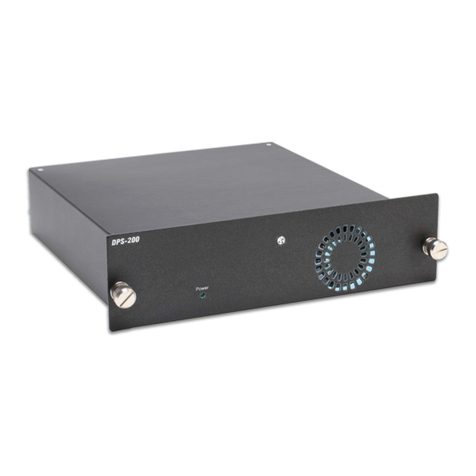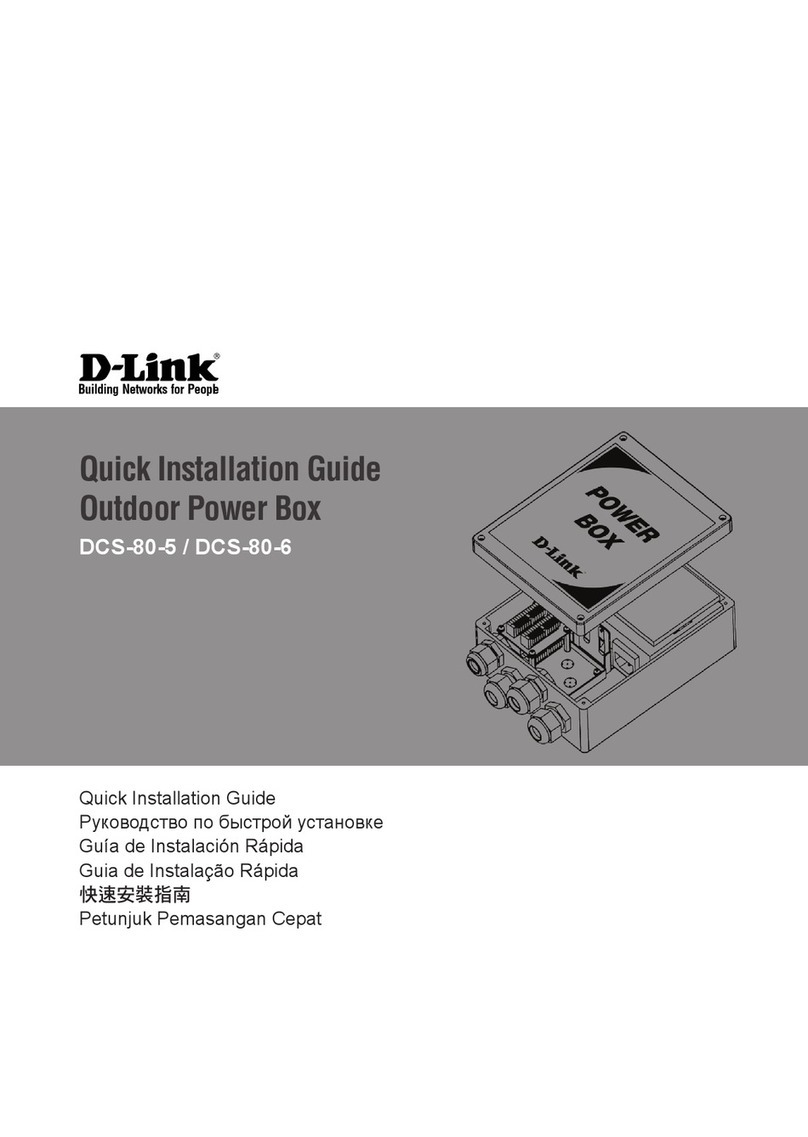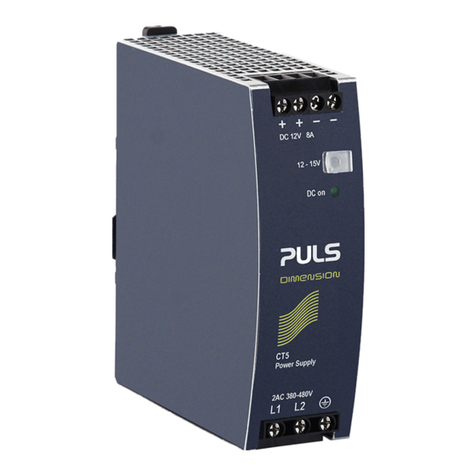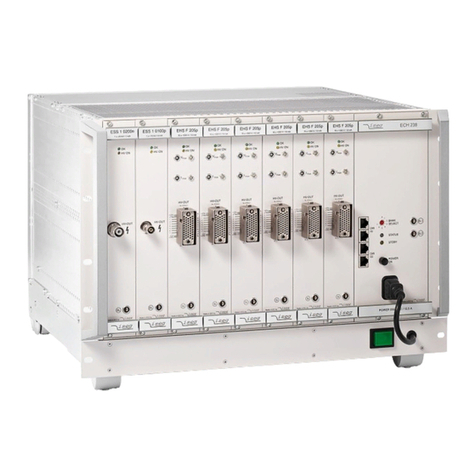
3
About This Guide
The D-Link DPS-520 is a Redundant Power System (RPS)
provides an aordable, 90 Watt, Power over HDBaseT
(PoH), rack-mountable, RPS solution. This guide provides
step-by-step instructions to setup the RPS and install it to
a switch that supports incoming PoH.
Please note that the model you have purchased may
appear slightly dierent from those shown in the
illustrations. For more detailed information about your
product, its components, making connections, and
technical specications, please refer to the User’s Guide
included with your product.
Introduction
The DPS-520 provides an eective solution when the
internal power supply of a switch in the network fails,
which can result in the shutdown of a single switching
device or an entire network.
With an RPS connected, an integrated detection circuit
continuously monitors the switch’s internal power
supply. In the event of a power interruption, the RPS is
immediately triggered so that the switch and connected
devices can continue providing services. This results in
a more reliable network infrastructure and protects the
network from a single failure of a network device power
supply.
Description
The DPS-520 is an RPS unit features four Gigabit Ethernet
90W PoH ports and one Gigabit Ethernet Management
port (MGMT). It is designed to conform to the power
requirements of the switches being supported.
Using PoH, it connects to a PoH-enabled switch using
a standard Ethernet UTP/STP cable. A standard, three-
pronged AC power cable connects the RPS to the main
power source.
Figure 1 - Front View of the DPS-520
Rack Installation
The DPS-520 can be installed on a desktop or into a
standard switch rack by inserting it into an additional
DPS-800.
The DPS-800 is a standard-size rack mount (1.25U in
height) designed to hold up to two RPS units.
Figure 2 - Installing the DPS-520 into the DPS-800
Figure 3 - Installing the DPS-800 in a standard switch rack



